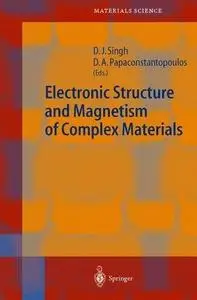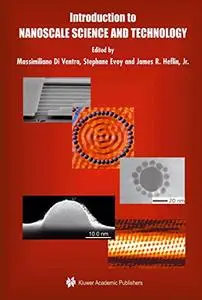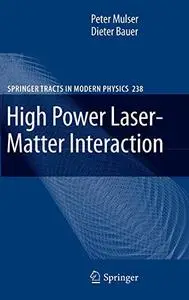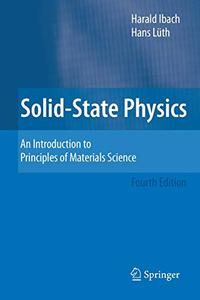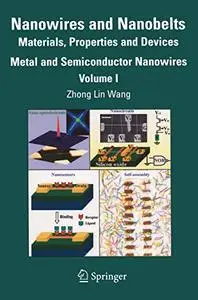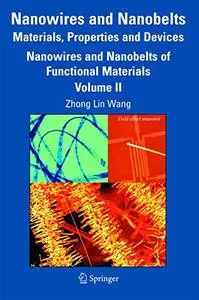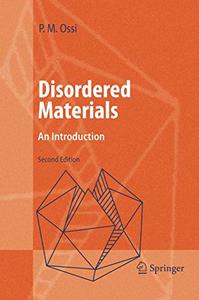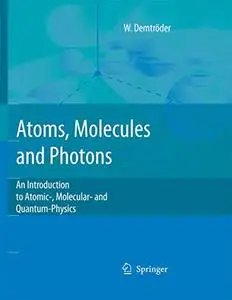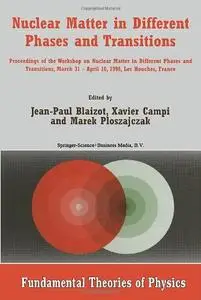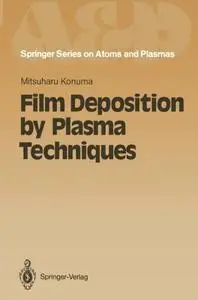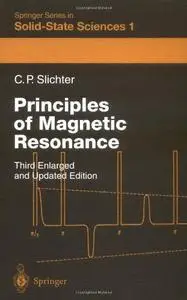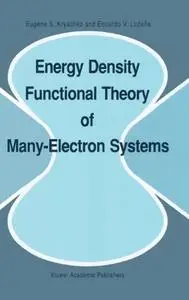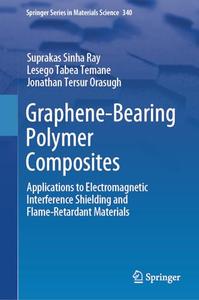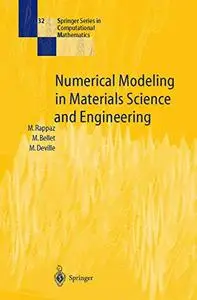Electronic Structure and Magnetism of Complex Materials by David J. Singh, Dimitrios A. Papaconstantopoulos
English | PDF | 2003 | 337 Pages | ISBN : 3540433821 | 33.1 MB
Recent developments in electronic structure theory have led to a new understanding of magnetic materials at the microscopic level. This enables a truly first-principles approach to investigations of technologically important magnetic materials. Among these advances have been practical schemes for handling non-collinear magnetic systems, including relativity, understanding of the origins and role of orbital magnetism within band structure formalisms, density functional approaches for magnons and low-lying spin excitations, understanding of the interplay of orbital, spin and lattice orderings in complex oxides, transport theories for layered systems, and the theory of magnetic interactions in doped semiconductors. The book covers these recent developments with review articles by some of the main originators of these advances.


